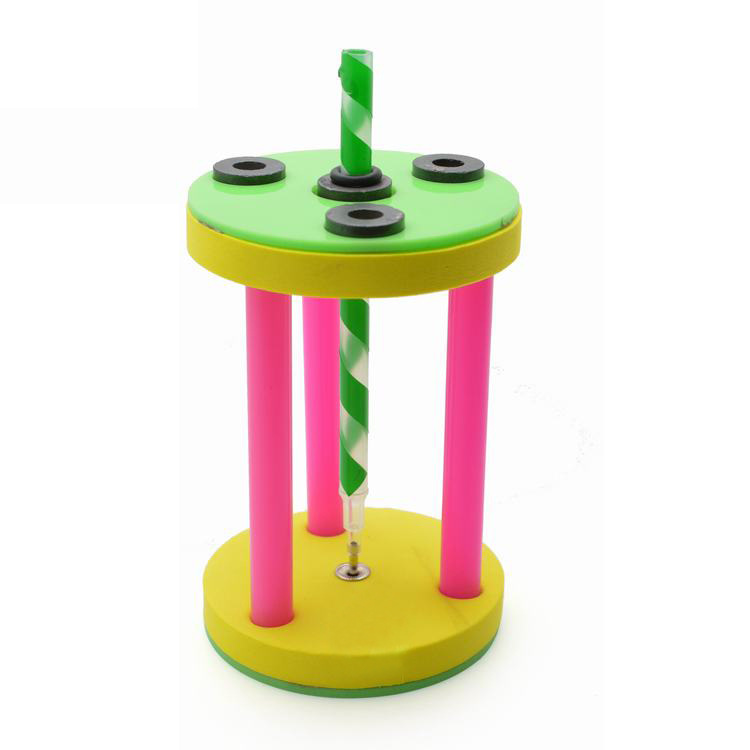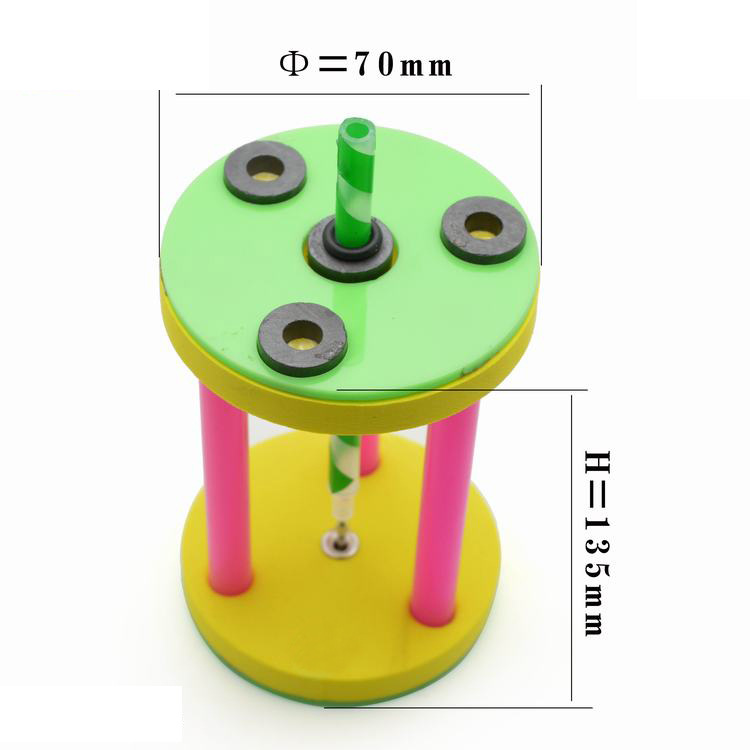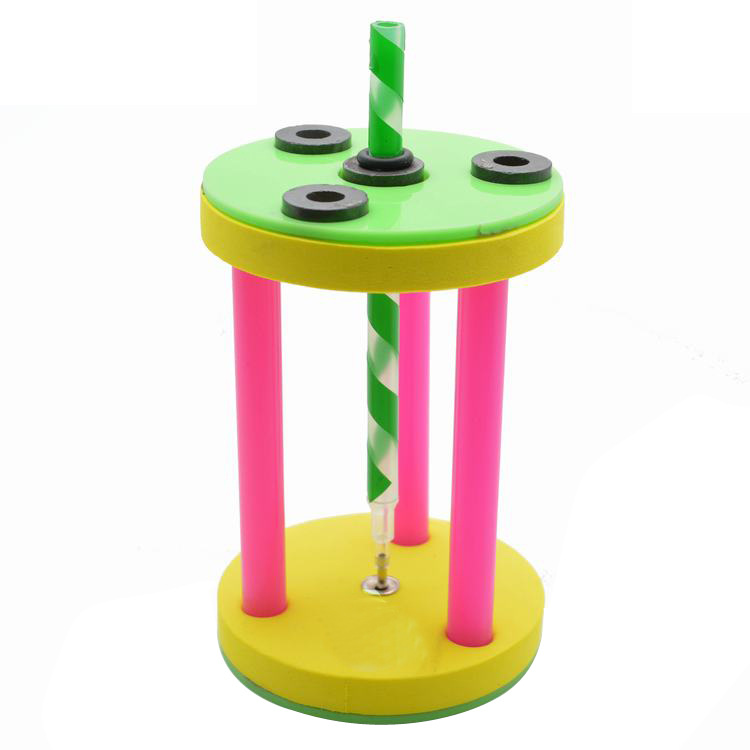
Search history
Clear allSearch by image
XDrag and drop an image here or upload an image
Max 5MB per image
UploadSign In | Join

Search history
Clear allSearch by image
XDrag and drop an image here or upload an image
Max 5MB per image
UploadSign In | Join
X Email Mobile
| Number | Unit-price | Total | |||
| I want to buy: | × | 7.6 | = | 0 |
A new item has been added to your Shopping Cart. You now have items in your Shopping Cart.
Product Name: Perpetual Motion Pen
Product Number: KX511
Package: Packaging Bag
Product size: 7*13.5cm
Packing Quantity: 400pCS
Box Size: 60*40*55 CM
A magnet is an object that can attract iron and produce a magnetic field around it. The ancient people recognized the magnetic property from natural magnetite, which is generally magnetized iron ore in nature. These natural magnetites can attract iron items. The term "magnet" in Greek means "the stone from Magnesia." The hanging natural magnetite was one of the earliest compasses. The earliest known documents describing magnets and their properties date back to 2500 years ago, from Greek, Indian, and Chinese documents. The ancient Roman writer Pliny the Elder mentioned natural magnetite and its ability to attract iron in his book Natural History. The Chinese documents described the use of natural magnetite to attract iron to prepare magnetite in the "Guanzi," "Lüshi Chunqiu," and "Huainanzi." These were referred to as "cishi."
The magnetic pole that points to the north is called the magnetic north pole or the N pole, and the one that points to the south is called the magnetic south pole or the S pole. (If you imagine the Earth as a large magnet, the current geographic North Magnetic Pole is the S pole, and the geographic South Magnetic Pole is the N pole.) Magnets with opposite poles attract each other, while those with the same poles repel each other. The magnetic south pole attracts the magnetic north pole, the magnetic south pole repels the magnetic south pole, and the magnetic north pole repels the magnetic north pole.
Magnets are divided into two types: magnetic and non-magnetic. Natural magnets, also known as natural magnetite, can be found in nature. Magnets can also be artificially created (strong magnets are often neodymium magnets). Non-magnetic materials only exhibit magnetic properties under certain conditions, usually in the form of electromagnets, which means they use electricity to enhance their magnetic fields.
The internal magnetic molecules of an unmagnetized magnet (the theory of molecular magnetism) are arranged randomly. After the process of magnetization, the magnetic molecules will be arranged in a regular pattern. At this time, the N poles and S poles of the magnetic molecules will be oriented in the same direction, making the magnet magnetic and becoming a magnet. Meanwhile, there are opposite poles on the same magnet and the magnetic quantities of the two poles are equal.
The purpose of the experiment is as follows: 1. The arrangement of the main magnetic flux lines of a magnetic field determines the intensity of magnetic induction (also known as the B-field, denoted by the symbol B), which is a vector field. The B-field at a point in space is determined by the following two properties:
Direction: Along the direction pointing to the North Pole as indicated by the compass.
Size (also known as intensity): It is proportional to the extent to which the compass is affected by the B-field.
In the International System of Units, the unit of B-field is tesla, abbreviated as T.
2. Magnetism understanding technology magnetism is a vector that can describe the overall magnetic properties of a magnet. The direction of a magnet's magnetism is from the guide pole of the magnet to the north pole[11], and its size is proportional to the strength and length of the magnet, with the international standard unit of magnetism being A·m2. Magnetism includes magnetic dipole moment, magnetic quadrupole moment... etc., of which the commonly used is the magnetic dipole moment, symbolized as μ.
Experimental Cognition
Magnet: Main component of magnetism.
Perpetual Motion Pen Main Body: Support Structure
Experiment steps: Experiment preparation to understand the experimental equipment: Perpetual motion pen main body, magnet.
Experiment Report:
Air resistance, (English for air resistance), is the rotational pen in the air medium, the force of the air acting on the pen relative to the motion of the air in the direction of rotation, the air resistance is proportional to the square of the rotational speed
Friction resistance, also known as surface resistance, is a form of resistance generated when a person moves forward in water, with water flowing in the opposite direction to the direction of the body's movement along the contours of the body's surface.





Update time:
TOP